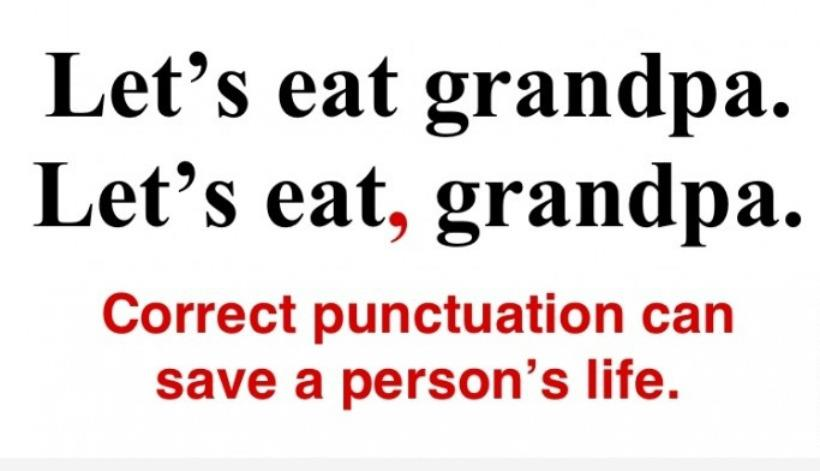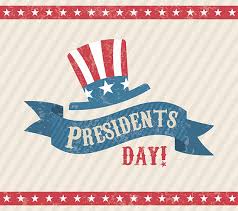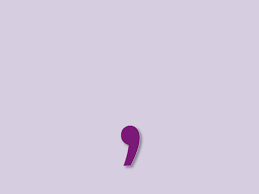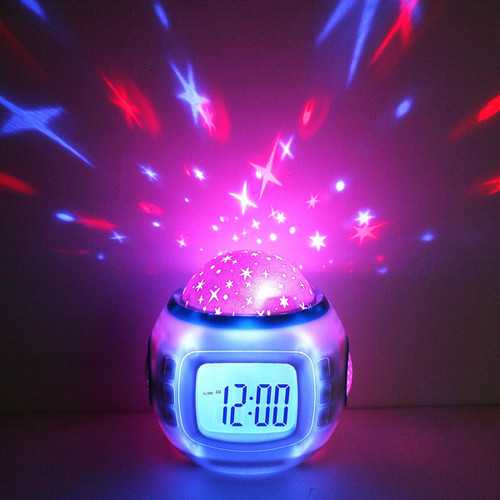 The comma is one of the most misused punctuation marks, but—unlike its dreaded cousin the semicolon—it’s absolutely necessary to everyday writing. Since there’s no getting around it, you should probably learn to use commas correctly.
The comma is one of the most misused punctuation marks, but—unlike its dreaded cousin the semicolon—it’s absolutely necessary to everyday writing. Since there’s no getting around it, you should probably learn to use commas correctly.
But there are so many rules about comma use that they’re difficult to remember. My go-to grammar guide devotes nineteen pages to commas. Who apart from hardcore grammar nerds has time to learn this stuff?
The good news is that you’re already using commas correctly most of the time. The old rule of thumb is to insert a comma everywhere you naturally pause when speaking. It’s not a perfect way to decide whether to insert a comma, but it will help you get it right most of the time.
There are some places you need a comma that you probably won’t guess if you’re doing it by ear, though. Don’t forget to put a comma in these five places:
1. After a location or date that contains a comma. Most people are comfortable writing that the Declaration of Independence was signed on July 4, 1776. And you know to say that the capital of the US is Washington, DC.
But if it falls in the middle of a sentence, you need to insert a comma at the end of the date or location.
On July 4, 1776, the Founding Fathers signed the Declaration of Independence.
Washington, DC, is the capital of the US.
2. After someone’s title. As with the error with dates and locations, many writers leave off the second comma after a person’s title. If the title follows the name, it needs to be set off by a pair of commas.
Stephen T. Colbert, DFA, holds an honorary degree from Knox College.
Stephen W. Hawking, CH, CBE, FRS, FRSA, holds four honorary titles.
3. Introducing a direct quotation. If you set up a direct quotation with a verb, you need a comma before the quotation starts.
J.M. Tyree observes, “The Death Star clearly has a garbage disposal problem.”
Jack Handy points out, “If you ever reach total enlightenment while drinking beer, I bet it makes beer shoot out your nose.”
4. Continuing from a direct quotation. If your sentence keeps going after the quotation ends, put a comma at the end of the quotation (inside the quotation marks).
“The Death Star clearly has a garbage disposal problem,” observes J.M. Tyree.
“If you ever reach total enlightenment while drinking beer, I bet it makes beer shoot out your nose,” points out Jack Handy.
But note: If the quotation ends with a question mark or an exclamation mark, leave out the comma.
“Holey rusted metal, Batman!” exclaims Chris O’Donnell’s Robin in one of the worst puns in a script full of them.
“How can a squirrel look cheap?” asks Michael Ian Black rhetorically.
5. After e.g. and i.e. When you use these abbreviations, make them lowercase with periods. And then insert a comma.
My favorite wild animals are the dangerous ones (e.g., polar bears, great white sharks, and porcupines).
I’ve learned a lot from the Muppets (i.e., it’s not easy being green).
Want to learn more about comma use? Don’t miss these follow-up posts:
3 Surprising Places You Don’t Need a Comma
3 Places You Can Use a Comma, or Not


